API SERVICES DEVELOPMENT
API services are software components that provide access to data and functionality of an application, system or service through a well-defined interface.

API services are software components that provide access to data and functionality of an application, system or service through a well-defined interface.
API stands for Application Programming Interface. An API is a set of protocols, routines, and tools for building software and applications. API services are software components that provide access to data and functionality of an application, system or service through a well-defined interface. In other words, (Application Programming Interface) solutions tailored to meet the unique needs of modern enterprises. API services allow different software components to communicate with each other.
API services can be categorized into different types based on their functionality, such as:
REST APIs: Representational State Transfer APIs are a type of API that follows a set of constraints and rules for building web services. They are widely used for creating web-based applications and services.
SOAP APIs: Simple Object Access Protocol APIs are another type of API that uses XML to transfer data between applications. They are commonly used for creating enterprise-level applications.
GraphQL APIs: GraphQL is a query language for APIs that allows the client to specify the data it needs and get exactly that. It provides a single endpoint for all data requests, making it efficient and easy to use.
API services have become an essential part of modern software development, enabling developers to create complex applications and services by integrating different software components.















DON’T FOLLOW DIGITAL TRENDS. START THEM.
There are several types of API services, including:
REST APIs (Representational State Transfer): REST APIs are a type of web API that use HTTP requests to retrieve or modify data. REST APIs are widely used for their simplicity, flexibility, and scalability.
SOAP APIs (Simple Object Access Protocol): SOAP APIs are a type of web API that use the XML language and a more complex set of rules to transfer data. SOAP APIs are often used in enterprise environments where reliability and security are critical.
GraphQL APIs: GraphQL APIs are a type of API that allow clients to specify the data they need and the structure of that data, making it more efficient and flexible than traditional REST APIs.
Webhooks: Webhooks are a type of API that allows servers to send real-time notifications to other systems or services when certain events occur.
RPC APIs (Remote Procedure Call): RPC APIs are a type of API that allow applications to call procedures or functions on a remote server as if they were running locally.
Real-Time APIs: Real-Time APIs are a type of API that enable real-time data transfer between systems, such as chat applications or stock tickers.
Open APIs: Open APIs are publicly available APIs that can be used by developers to build new applications or services.
These are just a few examples of the different types of API services that exist. The type of API service that is most appropriate for a given application depends on factors such as the complexity of the data being transferred, the need for real-time data transfer, and the security requirements of the system.
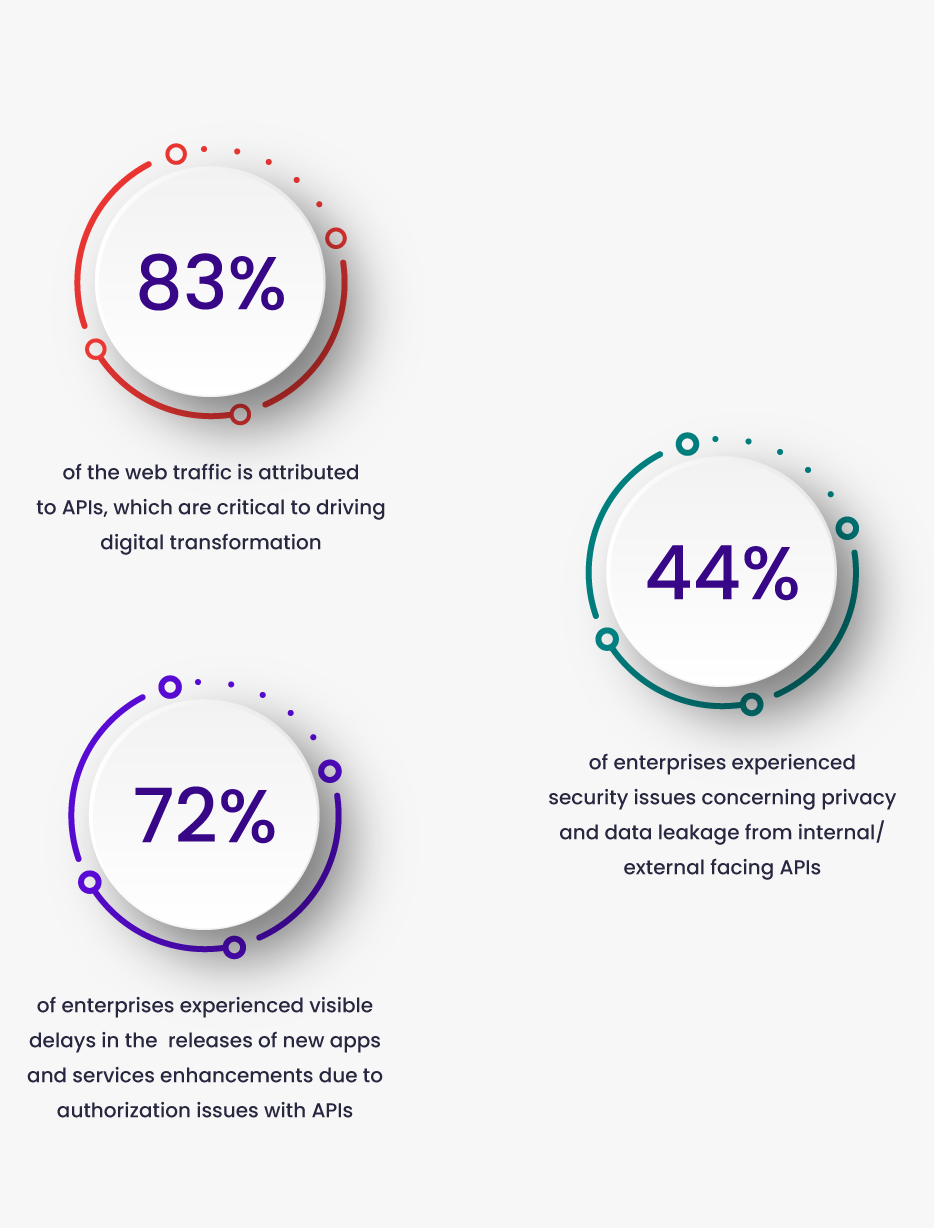
Business
Strategy
Online
Marketing
Consumer
Products
Introducing Super Web Development LLP – Your Partner in Success!
Our team of expert developers, designers, and SEO specialists are here to take your business to the next level. With our cutting-edge SEO services, we’ll fine-tune your website to perfection, ensuring that it ranks higher on search engines.
As we celebrate this incredible milestone, we’re also looking to the future. The next ten years promise even more growth, innovation, and opportunities to make a difference.
API schemas are documents or specifications that define the structure and format of the data exchanged between different software applications through an API. API schemas are essential for ensuring that data is exchanged accurately and consistently between different systems.
API schemas typically describe the following:
Data models: Data models define the structure of the data exchanged through the API, including the names and types of data fields, relationships between data entities, and any constraints or validation rules.
Endpoints: Endpoints define the URLs and HTTP methods used to access different API resources.
Operations: Operations define the actions that can be performed on different API resources, such as creating, reading, updating, or deleting data.
Parameters: Parameters define the inputs and outputs of API operations, including any query parameters, request headers, or response codes.
API schemas can be expressed in different formats, such as OpenAPI (formerly known as Swagger), RAML, and API Blueprint. These formats use machine-readable syntax to define the structure and format of the API, which can be used by developers to automatically generate client code or API documentation.
Overall, API schemas are a critical component of building and maintaining APIs that can be easily integrated with other systems and services.
Better insight of business data from various aspects, enhance operation and increase sales. Recent AI Insights into artificial intelligence, machine learning, and beyond.
WDG is helping companies worldwide achieve blockchain implementation for education, ideation, strategy, prototyping, and development. Information to be recorded and distributed.
We are able to deliver different services through the Internet or cloud computing. These resources include tools and applications like data storage, servers, databases, networking, and software.
ERP refers to a software that organizations use to manage day-to-day business activities such as accounting, project management, risk management, and supply chain operations.
We'll update you with new in Artificial Intelligence, Machine Learning, Robotic Process Automation, Edge Computing, Quantum Computing, Virtual Reality and Augmented Reality, Blockchain & IoT
Security refers to methods, tools used to defend an organization's digital assets. The goal of security is to protect assets and services from being disrupted, stolen or exploited by unauthorized users
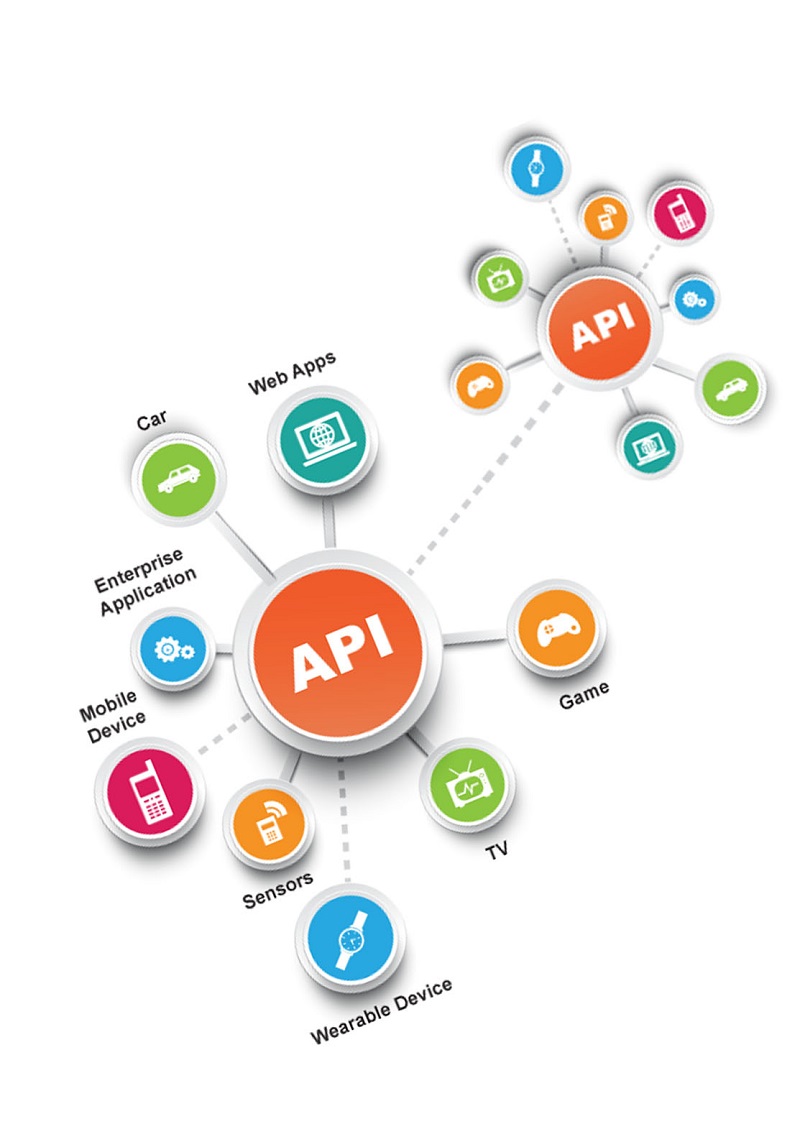
API infrastructure refers to the underlying technology and architecture used to build, manage, and operate APIs. This infrastructure includes hardware, software, and network components that work together to enable communication and data exchange between different software applications.
API infrastructure typically includes:
Servers: Servers are the backbone of API infrastructure, providing the processing power and storage necessary to run APIs.
Networking equipment: Networking equipment such as routers, switches, and load balancers are used to manage and distribute network traffic.
API gateways: API gateways are software components that sit between the client and the API, providing security, authentication, and other features.
API management platforms: API management platforms are software platforms that provide developers with tools and services to create, manage, and monitor APIs.
Analytics and monitoring tools: Analytics and monitoring tools are used to track API usage, monitor performance, and identify issues.
Authentication and authorization services: Authentication and authorization services are used to ensure that only authorized users and applications can access the API.
Databases: Databases are used to store and retrieve data used by the API.
API infrastructure can be hosted on-premises or in the cloud, depending on the needs of the organization. Cloud-based API infrastructure offers greater scalability, flexibility, and cost-effectiveness compared to on-premises infrastructure.
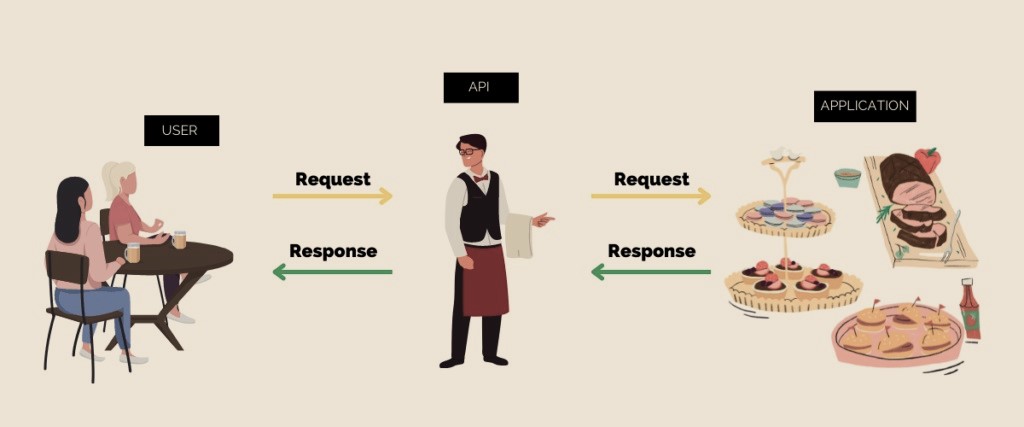
Web services and web APIs are both used to enable communication and data exchange between different software applications over the internet. However, there are some differences between the two:
Web Services: Web services are a set of protocols and standards used for exchanging data between applications over the internet. They are often based on the XML language and include technologies such as SOAP, WSDL, and UDDI. Web services are designed to be platform-independent, meaning that applications built on different platforms can communicate with each other using web services. Web services are typically used in enterprise-level applications and are often used for integrating legacy systems.
Web APIs: Web APIs, on the other hand, are a more modern way of enabling communication between applications over the internet. They are typically built using RESTful architecture and are based on standard web technologies such as HTTP and JSON. Web APIs are designed to be lightweight and easy to use, making them ideal for building web-based applications and services. Web APIs are often used by mobile apps, social media platforms, and other web-based services.
In summary, while web services and web APIs both serve similar purposes, web APIs are a more lightweight and modern alternative to traditional web services. Web APIs are often easier to use and are more suited to building web-based applications and services.






Web services and web APIs are both used to enable communication and data exchange between different software applications over the internet. However, there are some differences between the two:
Web Services: Web services are a set of protocols and standards used for exchanging data between applications over the internet. They are often based on the XML language and include technologies such as SOAP, WSDL, and UDDI. Web services are designed to be platform-independent, meaning that applications built on different platforms can communicate with each other using web services. Web services are typically used in enterprise-level applications and are often used for integrating legacy systems.
Web APIs: Web APIs, on the other hand, are a more modern way of enabling communication between applications over the internet. They are typically built using RESTful architecture and are based on standard web technologies such as HTTP and JSON. Web APIs are designed to be lightweight and easy to use, making them ideal for building web-based applications and services. Web APIs are often used by mobile apps, social media platforms, and other web-based services.
In summary, while web services and web APIs both serve similar purposes, web APIs are a more lightweight and modern alternative to traditional web services. Web APIs are often easier to use and are more suited to building web-based applications and services.
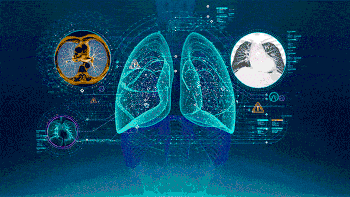
Healthcare Technologies understands natural language and is capable of reacting to questions asked of it. The system mines patient data & other accessible data sources to shape a theory, which then presents with a certainty scoring schema. A computer program used to answer questions and assist patients, to help calendar follow-up appointments or aiding patients through the billing procedure & virtual assistants.

AI can automate reviewing, giving teachers additional time. AI can assess students and adjust to their requirements, helping them work at their particular pace. AI tutors can give extra help to students, ensuring they remain on track. AI could change where and how students learn, perhaps even replacing some teachers task.

Robotic process automation is being connected to highly repetitive tasks normally performed by people. Machine learning calculations are being coordinated into analytics and CRM platforms to reveal data on how to best way to all the more likely serve customers. We have been consolidated into sites to give quick service to customers. Automation of job positions has also turned into an idea among academics.
Why we are different? Super Web Development LLP brings together digital innovation Architecture and Technology with the best business ideas. Don’t follow Digital Trends.. Start them.
| 1 | SINGAPORE | REPUBLIC OF KOREA | 93.23% |
| 2 | JAPAN | GERMANY | 80.43% |
| 3 | SWEDEN | DENMARK | 70.35% |
| 4 | ITALY, BELGIUM | USA | 67.87% |
| 5 | TAIWAN | UNITED KINGDOM | 65.94% |
| 6 | CANADA | FRANCE | 64.34% |
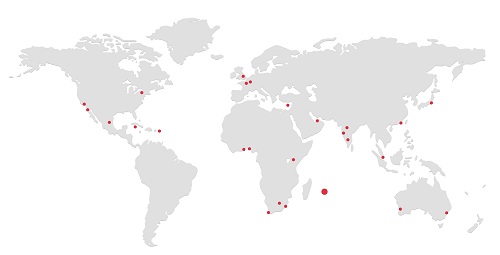
Robot density is a measurement that tracks the number of robots per 10,000 workers in an industry. This shows more countries are turning to automation to fill their manufacturing needs.

Blue Prism is a Robotic Process Automation software. It provides businesses and organizations with an agile digital workforce.

Automation Anywhere is a developer of robotic process automation (RPA) software.

UiPath is Robotic Process Automation software. It helps organizations efficiently automate business processes.
Don’t miss out on thousands of super cool packages and promotions
HOTLINE: +91 9873 161 789
(Free Call, 8:00 – 22:00)
B11 3rd-Floor, Sector 121,
Noida, india 201301
Please complete the form below to schedule a 30-minute free consulting session.
We will efficiently assist you with our services.

